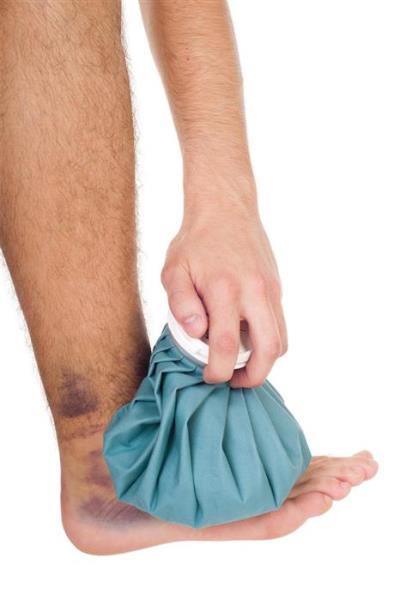Should we be using ice following an injury?
This is a very common question we get asked by our patients and if you have a quick google can be a confusing one. Here is the latest research and advice regarding ice and recovery.

Ice acts as an analgesic (pain numbing agent) by cooling down the temperature of the skin, however this temperature change has minimal to no effect on the underlying muscles.
We know that ice certainly works in the short term to reduce pain and make the injury feel better, but it is the long term effects ice has on tissue healing that has been questioned.
The once popular “RICE” (Rest, Ice, Compression, Elevation) guideline to injury management has been changed most recently to “PEACE&LOVE” (Protection, Elevation, Avoid Anti-Inflammatory Drugs, Compression, Education & Load, Optimism, Vascularisation and Exercise) for the management of soft tissue injuries.
The reason for this change is that research has shown that optimal loading aids recovery through cell regeneration in the early stages. Where rest (lack of movement) and ice can actually delay tissue healing and recovery (Dr Mirkin, 2019).
The reasoning behind this is that the body requires this inflammatory process to help initiate healing by killing off the damaged tissue within our cells. When ice is applied, we may actually be preventing the body's natural response and delaying the healing process.

HOWEVER
While some inflammation is needed for tissue healing, too much swelling is also bad.
Excessive swelling can lead to unwanted pressure on other tissues, restricting movement, increasing pain and decreasing muscle function.
This can be seen in severe injuries such as bad ankle sprains, where too much swelling will affect the ankle range of motion or in ACL tears, where the quadriceps muscles become inhibited due to swelling.
In these cases, Ice can be beneficial to limit the full extent of swelling. On the other hand, muscle tears do not create the same amount of swelling and as a result ice is not likely to be as beneficial.
So, based on the current research, ice is less important than what we once thought.
The exception to this would be when injuries are severe and an increased swelling would become a limiting factor for recovery. In these cases, ice may be beneficial in the early stages only.
Our primary focus to recovery should be focused on returning back to movement as soon as it is safe and practical to do so.
If you have any questions regarding ice or if you want further guidance following an acute injury please just get in touch.
Mirkin, G. (2014, March 16). Why Ice Delays Recovery. https://www.drmirkin.com/fitness/why-ice-delays-recovery.html
Dubois, B. & Esculier, J-F. (2020). Soft-tissue injuries simply need PEACE and LOVE. British Journal of Sports Medicine. 54, 72-73.